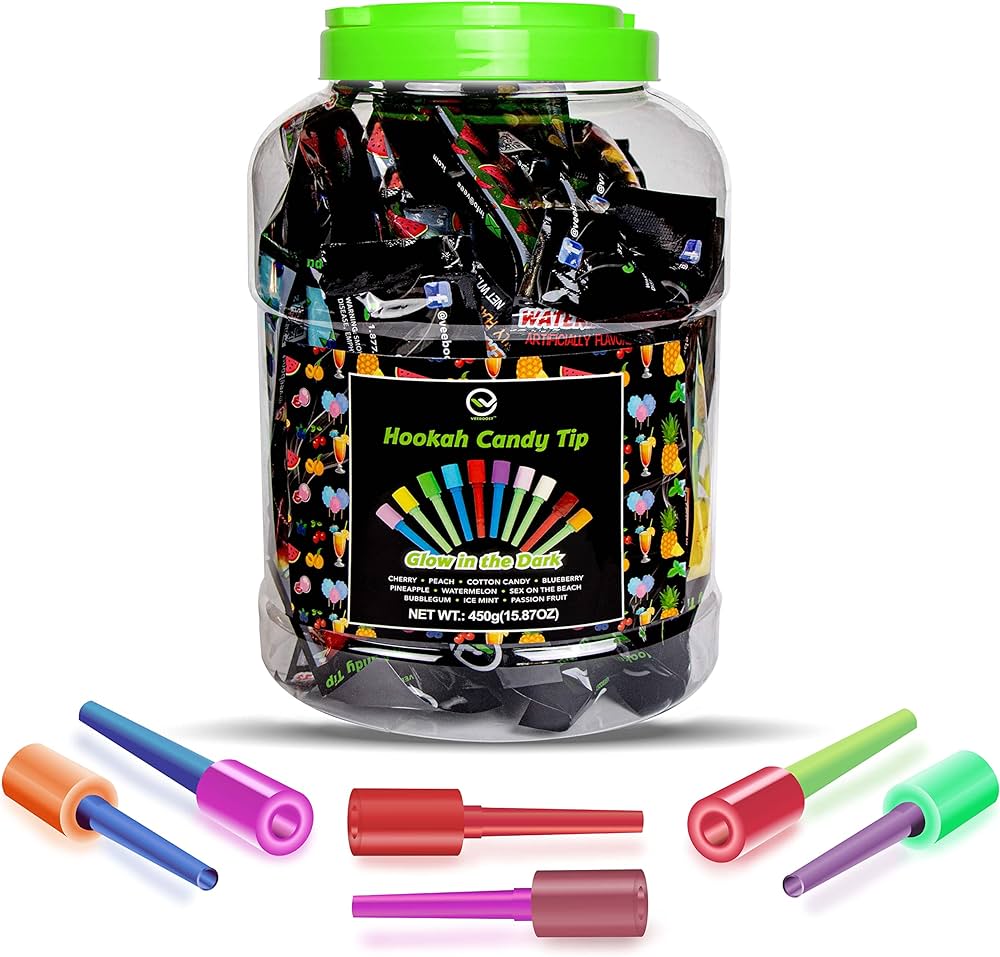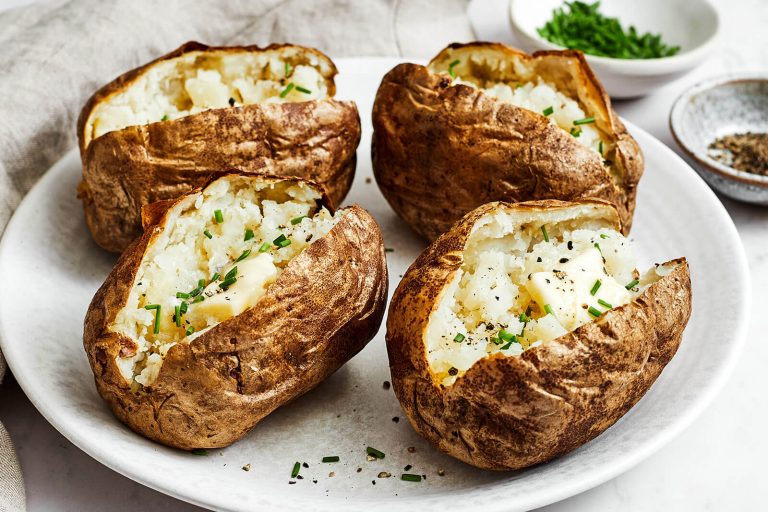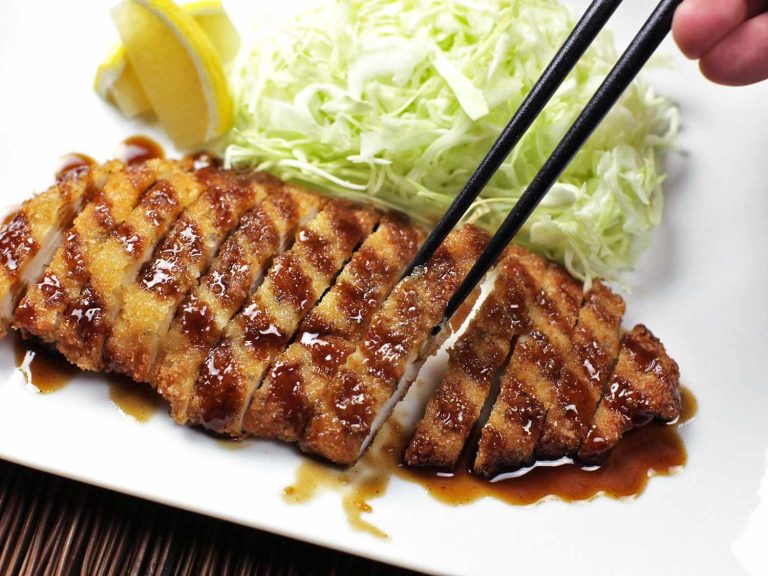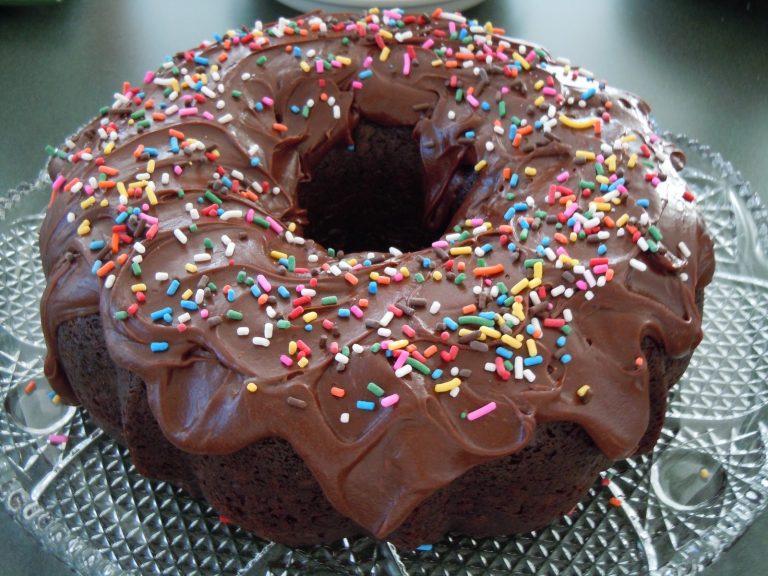Hard Rock Candy: History, Health Tips, and Where to Find the Best Flavors
Hard rock candy’s origins trace back to ancient times. Historical records show that Arabs in the 9th century used boiled sugar syrup to create hard candy. Later, in the 17th century, Europeans perfected techniques, making clearer and more flavorful candy. Early recipes often included simple ingredients like sugar, water, and natural flavorings from fruits and spices.
Popularity Through the Decades
Hard rock candy gained popularity during the 19th and early 20th centuries. Its long shelf-life made it a favorite among travelers and soldiers. In the 1960s and 1970s, rock candy saw a resurgence in popularity due to its vibrant colors and nostalgic appeal. Today, it remains a cherished confection, appreciated both for its taste and its role in various cultural traditions.
How Hard Rock Candy Is Made
Ingredients Used
Sugar, water, and corn syrup form the base of hard rock candy. You’ll also need food coloring and flavorings to enhance its appearance and taste. Natural extracts like peppermint, cinnamon, and cherry are popular choices. Ensure you have citric acid on hand if you’re aiming for a tangy twist.
The Cooking Process
First, combine sugar, water, and corn syrup in a saucepan. Heat the mixture over medium heat until the sugar dissolves. Once dissolved, attach a candy thermometer to the pan’s side. Increase the heat to high and let the mixture boil until it reaches 300°F (149°C). Stir occasionally to prevent crystallization.
Once the mixture reaches the target temperature, remove the pan from the heat. Quickly stir in food coloring and flavoring while the mixture is still hot. Pour the candy onto a greased baking sheet or into molds. Allow it to cool completely before breaking it into pieces. Store the pieces in an airtight container to maintain their freshness.
Different Flavors and Varieties
Traditional vs. Experimental Flavors
Hard rock candy offers a range of traditional and experimental flavors. Classic options like peppermint, cherry, lemon, and cinnamon provide familiar tastes reminiscent of childhood. These flavors have stood the test of time, delivering a consistent choice for candy enthusiasts.
On the other hand, experimental flavors push boundaries, introducing unique combinations like chili mango, lavender, and salted caramel. These modern varieties cater to adventurous palates, offering a twist on the classic hard rock candy experience. Artisanal producers often lead the way in innovating these new flavors, broadening the candy’s appeal.
Regional Variations
Regional variations in hard rock candy reflect local tastes and cultural preferences. In the United States, southern regions might favor pecan-praline or sweet tea flavors, while New England could highlight maple syrup variants. These localized flavors cater to regional markets and maintain cultural relevance.
In Europe, hard rock candy takes on distinct forms with variants like the UK’s blackcurrant, Sweden’s licorice, and France’s lavender. Each region preserves its unique taste traditions, offering a diverse candy landscape.
Asia also contributes with flavors like Japanese matcha and Chinese plum, blending traditional ingredients into the hard candy format. These regional differences make exploring hard rock candy an adventurous journey through global taste experiences.
Hard Rock Candy and Health
Sugar Content and Potential Risks
Hard rock candy contains high sugar levels due to its primary ingredients. An average piece has 10–15 grams of sugar. High sugar consumption is associated with health risks, like tooth decay, obesity, and type 2 diabetes. Consuming sugary treats raises blood glucose levels quickly. The American Heart Association suggests limiting added sugar intake to 25 grams per day for women and 36 grams for men.
Comparing to Other Sweets
When evaluating hard rock candy against other sweets, it’s notable that it often contains fewer added ingredients. Unlike chocolate bars, which include fats, and cookies, which contain both fats and refined flour, hard rock candy consists mainly of sugar and flavorings. However, this simplicity does not negate its high sugar content. Although it lacks added fats, its impact on blood sugar levels remains significant.
| Sweet Type | Calories (per serving) | Sugar Content (per serving) | Extra Ingredients |
|---|---|---|---|
| Hard Rock Candy | 60–80 | 10–15g | Minimal |
| Chocolate Bar | 200–300 | 24–30g | Fats, dairy, additional sweeteners |
| Cookies | 150–200 | 10–20g | Fats, refined flour |
| Gummy Bears | 140–180 | 20–25g | Gelatin, colorings, flavorings |
For those monitoring sugar intake, be mindful of the frequency and quantity of hard rock candy consumed.
Where to Find the Best Hard Rock Candy
Top Brands and Artisan Makers
Top brands and artisan makers of hard rock candy stand out with their quality and unique flavors. You can explore brands like Hammond’s Candies, known for their hand-pulled hard candy. Claey’s Candies also offers a variety of nostalgic flavors, perfect for those who enjoy traditional tastes. For a more artisanal experience, Sockerbit creates Scandinavian-influenced hard candies with modern twists, using simple ingredients.
- Hammond’s Candies: Hand-pulled, traditional methods
- Claey’s Candies: Nostalgic flavors, traditional tastes
- Sockerbit: Scandinavian flavors, artisanal methods
Artisan makers often use higher quality ingredients and unique flavor combinations, making their products stand out. When opting for artisan options, you generally get a richer and more varied tasting experience, compared to mass-produced alternatives.
Online Stores and Local Shops
You can find a broad selection of hard rock candy through online stores and local shops. Websites like CandyStore.com and Amazon provide extensive collections of hard candies, including exclusive and hard-to-find flavors.
- CandyStore.com: Wide variety, exclusive flavors
- Amazon: Extensive collection, customer reviews
Local candy shops often offer unique finds and fresh selections. Stores like Rocket Fizz and Lolli & Pops usually have a diverse array of hard rock candy, often featuring regional specialties and small-batch productions.
- Rocket Fizz: Diverse selections, regional specialties
- Lolli & Pops: Fresh selections, small-batch productions
Shopping locally not only supports small businesses but also gives you the opportunity to discover hidden gems and enjoy fresher options. Online stores provide the convenience of accessing a wide range of products from the comfort of your home.
By exploring both top brands, artisan makers, online stores, and local shops, you access a diverse range of hard rock candy choices, catering to different tastes and preferences.
Conclusion
Exploring the world of hard rock candy opens up a delightful array of flavors and experiences. Whether you’re drawn to the nostalgic charm of Hammond’s Candies or the innovative creations from artisan makers like Sockerbit, there’s something for every palate. Online stores like CandyStore.com and local gems like Rocket Fizz offer convenient access to a wide variety. By being mindful of sugar intake and enjoying these treats in moderation, you can savor the unique appeal of hard rock candy without compromising your health. Dive into this sugary adventure and discover your favorite sweet indulgence.






